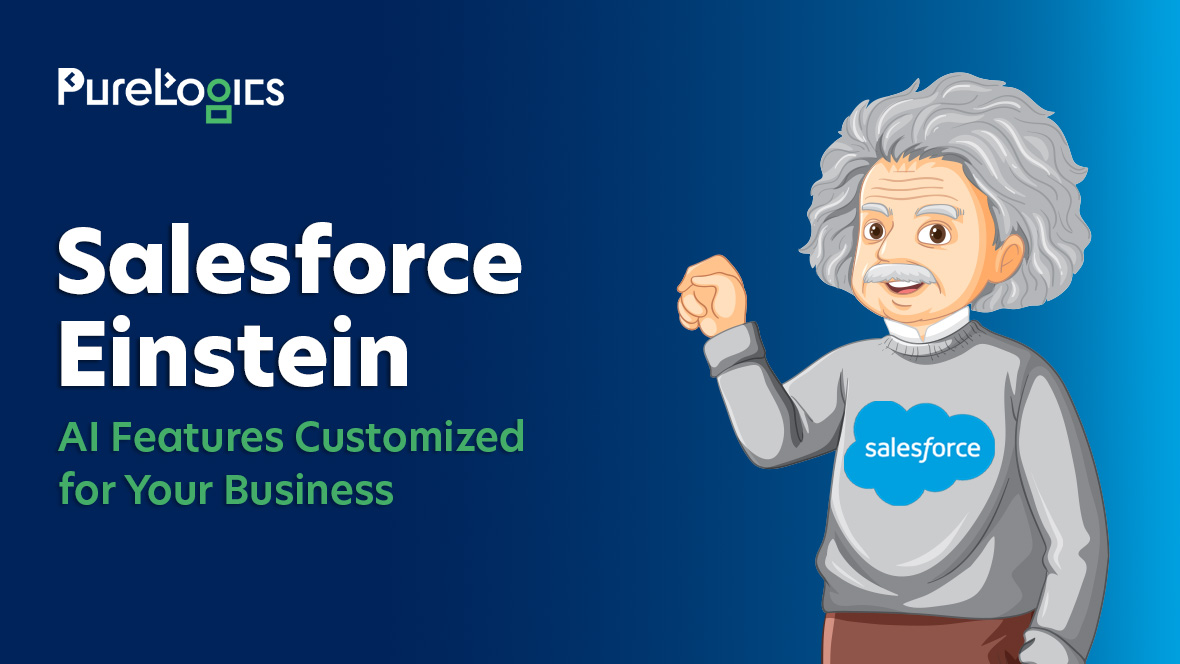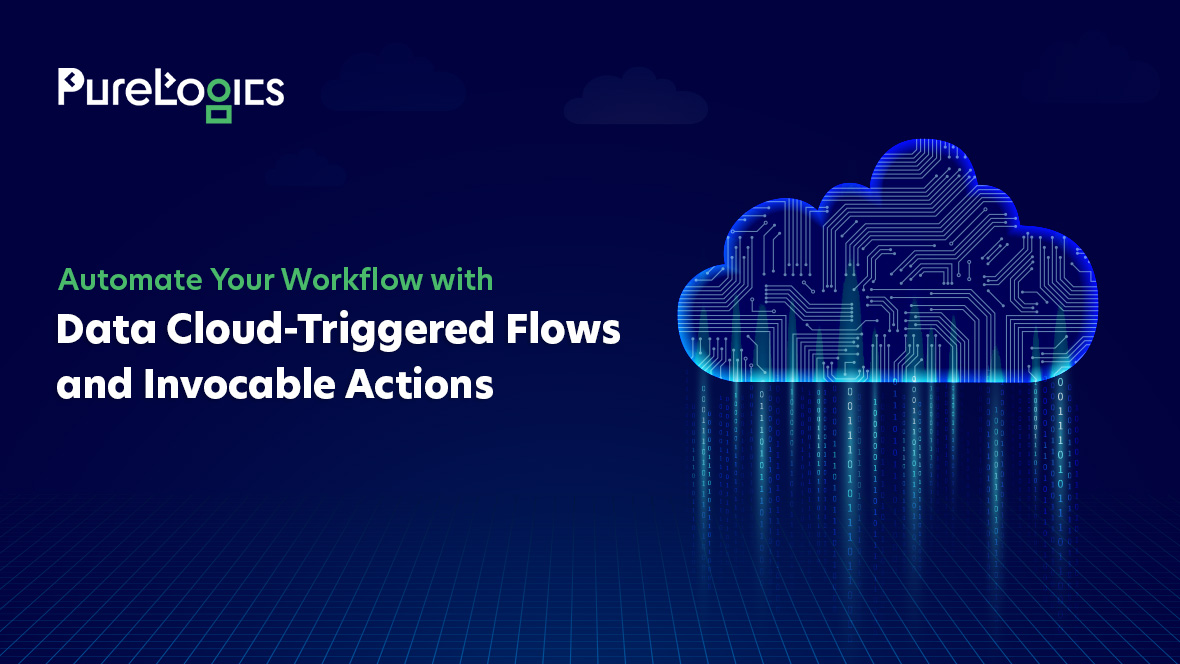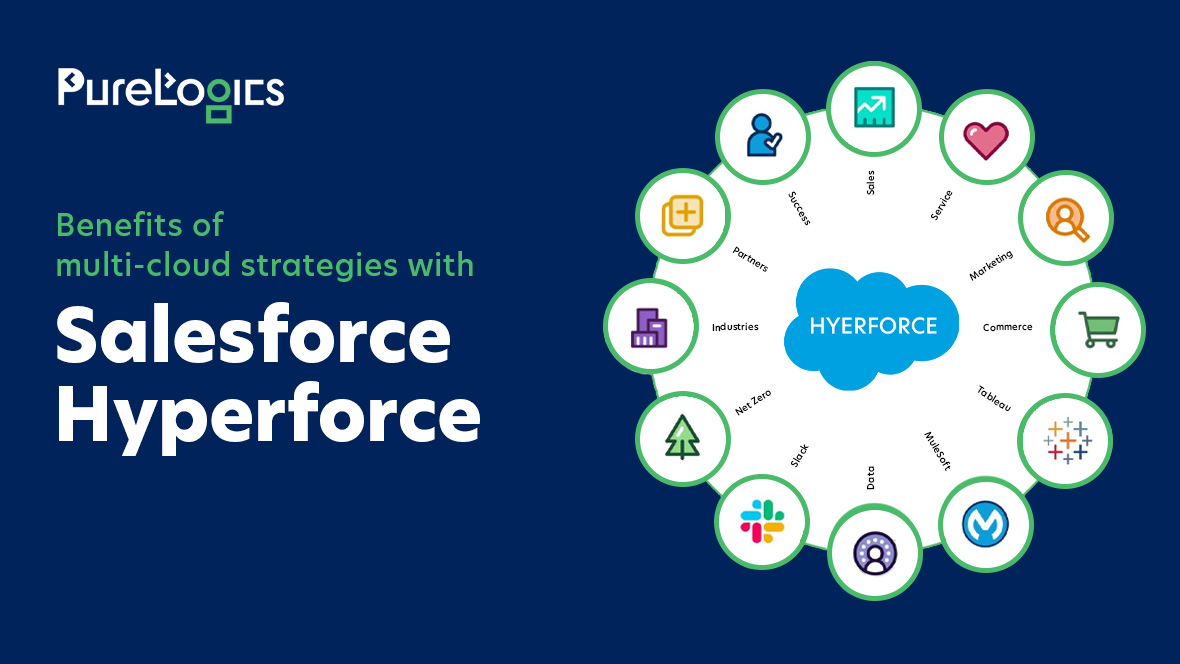Big data was supposed to revolutionize things but fell short of its big promises. Now, with AI and new data platforms designed for the AI age, we might just crack the code and finally get the value out of all that data.
Willard Brinton, an engineer and the pioneer in information visualization in 1914, carefully observed that despite the tremendous work companies produced to categorize and analyze different information, it was not easy for them to draw relevant insights. He pointed out that theories could have been better articulated in manner most useful in advancing knowledge of facts. The dilemma of trying to understand and gain utility from the large information streams that are currently receiving the label ‘big data’ has been in existence for over a century.
Specifically, today, the integration of AI and data platforms built for AI has emerged as a feasible solution to value creation with big data. Instead of producing radical changes in the foundation on which data or information is collected and structured, the subject pertains more to how it is retrieved and disseminated within an organization.
One of the examples of such an innovative approach is the Salesforce Data Cloud that helps to leverage all types of big data regardless of where it originates. This way, they allow its excessive availability and use by all business users in their daily practice. This means that the data which is relevant and trusted can also be easily gathered and acted on. Furthermore, it is passed on to AI models which require the input to deliver precise outputs of a high level of quality.
This means the integration and accessibility are quite different when comparing these approaches with traditional techniques. At last, all information is integrated, standardized, and shared for many applications within the business and user interfaces, which is a significant improvement compared with previous approaches.
How Did Organizations Get Here?
This optimism was in the early 1990s, when the term “big data” was invoked: the idea was that the vast amounts of data that were starting to come organizations’ way could be used to get to know customers and markets in depth, provide fantastically personalized experiences, forecast demand with remarkable accuracy, and enhance product development, to mention but a few benefits.
Notably, big data grew immensely and became a problem or a challenge that birthed a whole new industry to assist companies dealing with it. According to industry experts, work on this front remains cut out for businesses as they continue to invest in Big Data platforms such as data lakes and data warehouses.
One of the main issues is that data lakes and data warehouses are tailored for technical users familiar with SQL, a computer language used for database manipulation, and semi-structured data such as emails and web pages. As a result, salespeople need help leveraging them to advance deals, service representatives find it challenging to resolve customer issues, and retailers need help creating personalized product promotions.
In essence, these expansive repositories end up confining a company’s data within progressively intricate silos, rendering it inaccessible for practical use across various departments and functions.
A Solution for Big Data
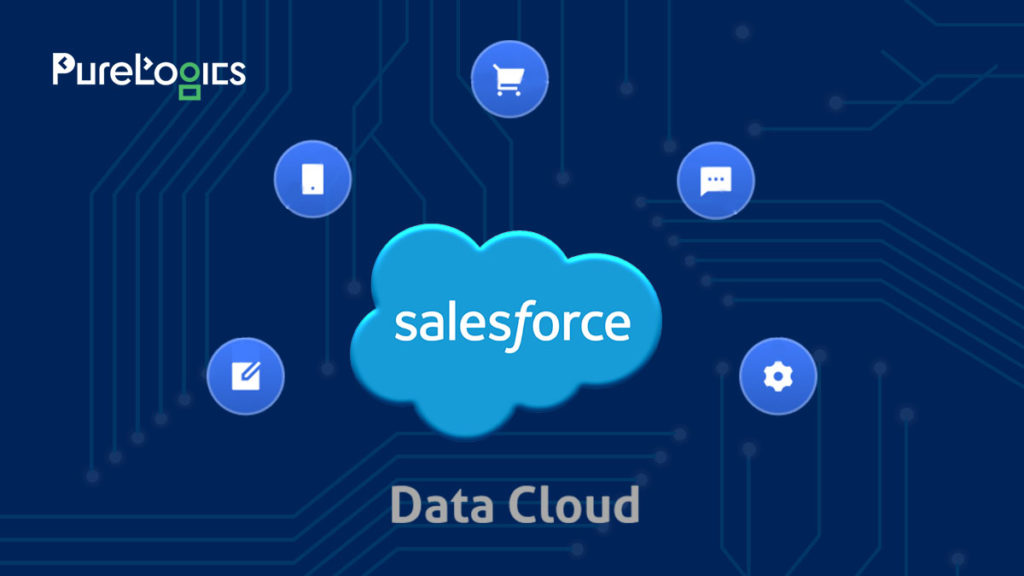
Data platforms like Salesforce Data Cloud and AI assistants like Einstein Copilot tackle this issue head-on. They bridge the gap between your scattered internal and external data sources, providing different sections of your business with a comprehensive understanding of customer behavior and data. But they don’t stop there. These cutting-edge AI-driven data platforms seamlessly integrate information from your data lake or warehouse and link it directly to practical AI tools, enriching everyday processes within your business applications.
Salesforce Data Cloud is the foundation for Einstein Copilot, our innovative generative AI conversational assistant, and Einstein Copilot Builder, a user-friendly tool for crafting and customizing AI assistants. Together, they usher in a new era of AI-powered applications. Thanks to Data Cloud, we can construct a dynamic data graph that offers an up-to-the-minute, unified perspective on customers or any other entity. Plus, users can effortlessly transmit all pertinent data to the prompt with a simple click, which fuels the large language model (LLM). There is no longer a need for cumbersome SQL queries or manual data joins.
The Role of Salesforce, AI, & AI Copilots
Another opportunity is the implementation of the AI copilot to embrace the power of big data. These things would be for ease, and slide right into your commercial applications. Simply tell it to categorize the week’s sales leads and explain which are the three best ones and why — and this it does. How does it work? In the background, the copilot uses LLM to wade through mountains of data in a bid to meet your needs.
This level of capability is sustainable when your AI copilot has rights to all the data in your enterprise. While many businesses struggle with poorly formatted types of data that are located in different departments and inform each other inadequately, companies that can merge these data into a single system have a chance to fully unleash all the opportunities of AI copilots and their big data.
The immediate suggestions given by your copilot are based upon all-encompassing business information from all areas of your business function, including but not focusing solely on sales databases, marketing programs, or customer service interactions. Many of the tasks that are assigned to copilots are created from access to this vast business data containing information that was previously difficult to parse out–including PDFs, webpages, and emails. This more extensive array of feasible data affords the copilot the opportunity of giving out accurate and sensitive solutions to various problems or conditions as may be required in the various tasks.
Big Data and AI – Like Salt and Pepper
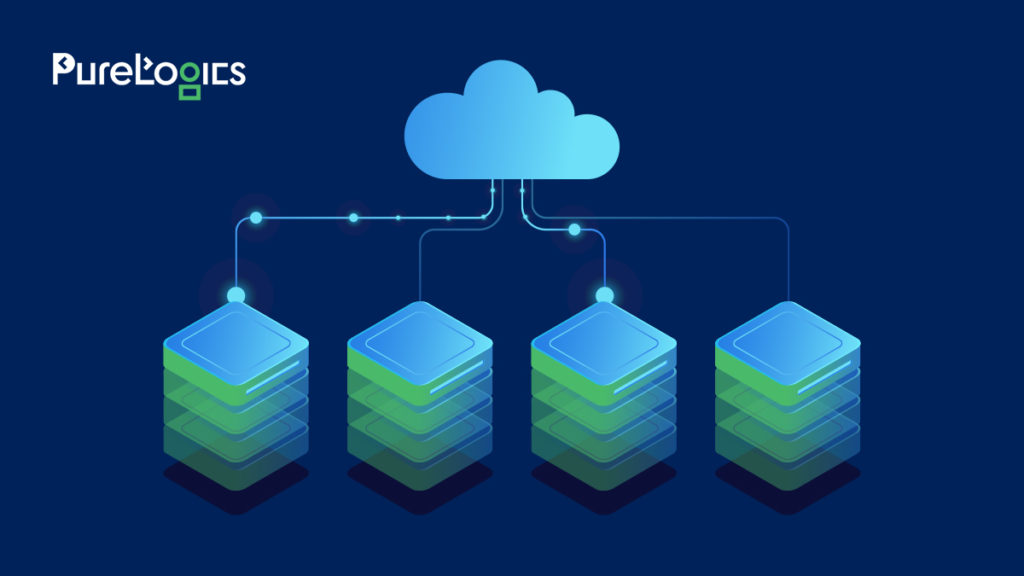
The following are some factors that have accelerated data growth in the last decade: This is because the cost of storage is reclining, more people are adopting online services, and more things are getting connected through the internet, known as IoT. The estimated volume of data created, replicated, duplicated, and utilized in 2022 is to exceed the existing volume of 2021 by quite a margin and stand at 147 zettabytes, in case anyone is wondering what the ‘z’ stands for – it is a one followed by 21 zeros.
Such vast amounts of data contain a wealth of information and knowledge if you can work with it smoothly, or even in simple terms, in terms of adding up and including it to the daily tasks. Thankfully, there are such options today, as modern technologies such as Salesforce AI as well as data platforms designed for artificial intelligence. And, of course, you don’t have to be a data scientist to compile all your enterprise data, you just need to find a good Salesforce development partner and so on, all these issues will be solved.
About PureLogics
PureLogics is a globally recognized Salesforce development partner. Our certified Salesforce developers help businesses like yours enhance lead generation and streamline productivity by modernizing customer relationship workflows and handling complex tasks with Salesforce, a robust CRM suite. Give us a call today!


 [tta_listen_btn]
[tta_listen_btn]
 May 6 2024
May 6 2024


